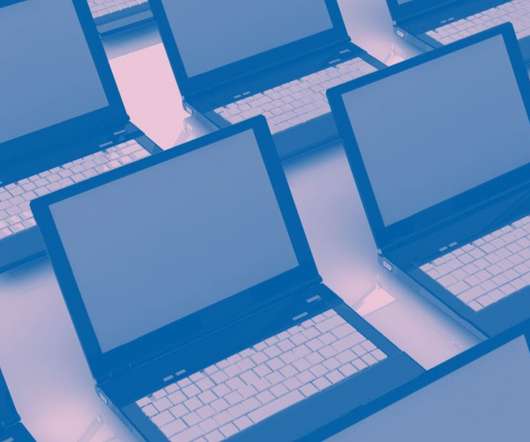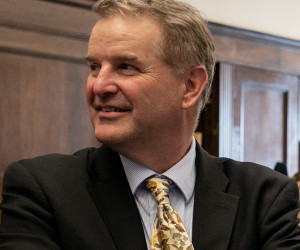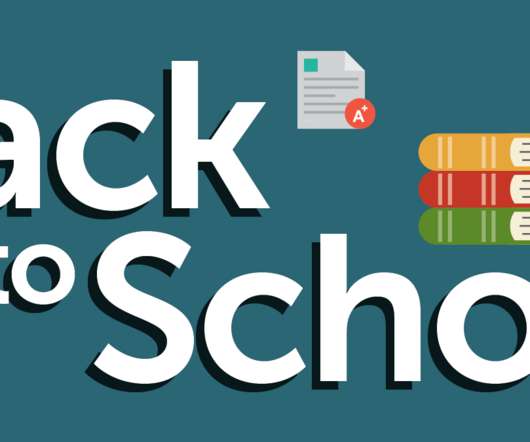The Universal Laptop Program Helping One State Narrow the Digital Divide
Edsurge
OCTOBER 5, 2021
And one, Mississippi, has made important strides in closing the digital divide through a pandemic response plan that took each school district’s unique needs and challenges into account. It is worth remembering that the digital divide is not an all or nothing phenomenon.























Let's personalize your content